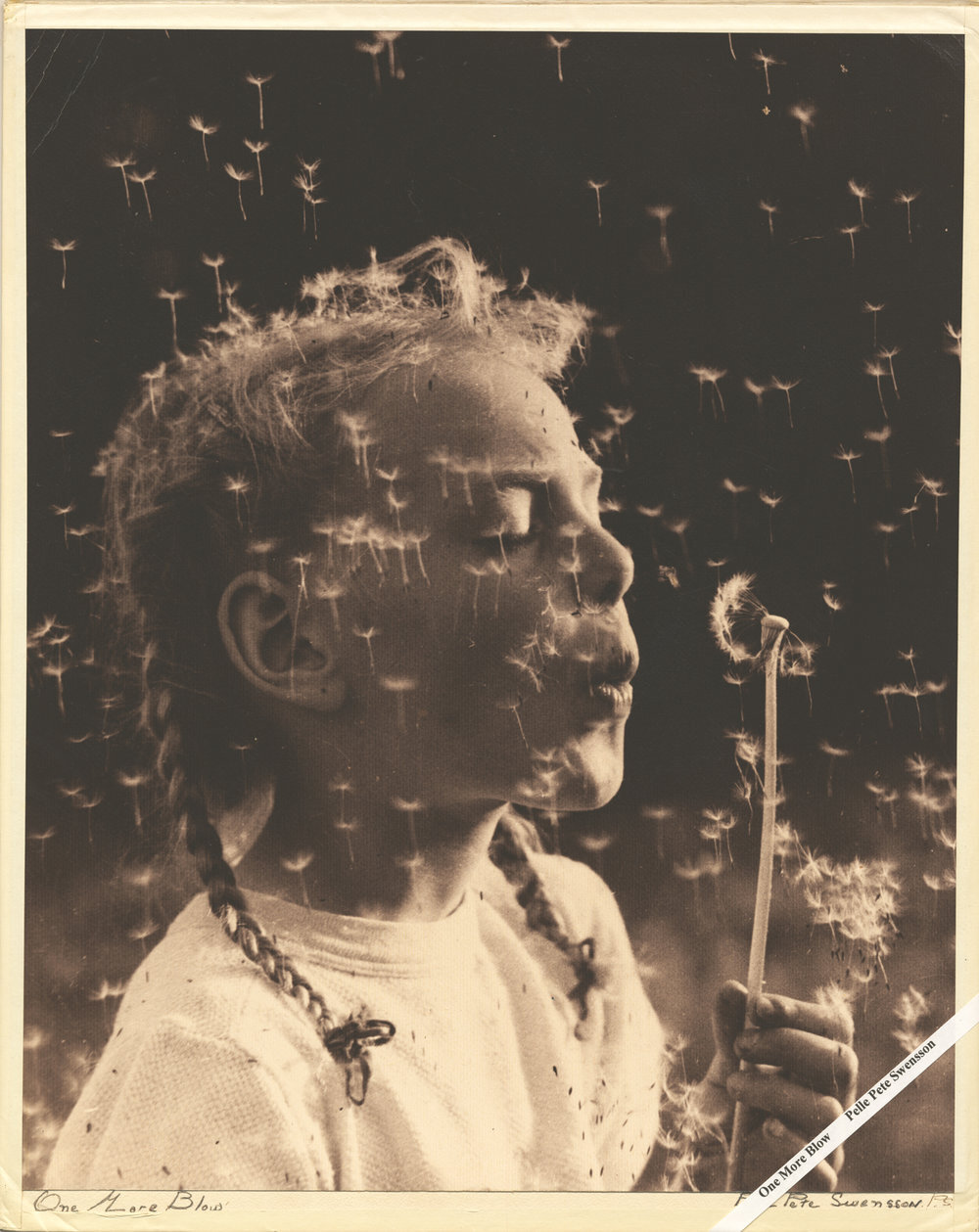The 1920s and 1930s represented an era when many photographers were asking that their medium be recognized on a level with the other fine arts. This initiated the Pictorialist movement that became the genre more commonly associated with the PSA (Photographic Society of America) established in 1934. For the most part, the Pictorialists imitated the formal composition and recognized styles of landscape, portrait, and still life painting, with the goal of having their work exhibited in salons and museum exhibitions. In the 1940s the emphasis on content shifted and photographs became documents, recording realistically as no other medium could, the vast changes the world was going through.
THE 1950S AND 1960S MARKED THE BEGINNING OF THE ‘NEW VISION’ IN PHOTOGRAPHY, CHARACTERIZED BY AN EXPLORATION OF ABSTRACT IMAGERY AND MEDITATIVE SELF DISCOVERY. DURING THIS DECADE, MANY PSA PHOTOGRAPHERS WERE STILL HOLDING ONTO THE TENETS OF PICTORIALISM WHICH CAN BE SEEN IN IMAGES LIKE A. AUBREY BODINE’S "MISTY HARBOR," CA 1950S OR O.E. ROMIG’S “DOWN TO THE MILLS," 1950. HOWEVER, A GROWING NUMBER OF PHOTOGRAPHERS WERE EXPERIMENTING WITH VISUAL CONCEPTS BORROWED FROM THE AVANT-GARDE IN EUROPE. IN PHOTOGRAPHS LIKE EARLE W. BROWN’S “POWER HOUSE STACKS" FROM 1960 AND LARRY FOSTER’S 1965 “SHADOW PATTERN,” WE SEE LITERALLY, THE ‘VIEWPOINT’ OF THE BAUHAUS; ITS UNUSUAL PERSPECTIVE AND CONCENTRATION ON SHARP LINES AND ANGLES DOMINATED.
While the practice of making ‘photograms’ (created without a negative by placing objects directly onto photographic paper and exposing it to light) was first utilized by artists in the early 19th century, photographers of the mid-20th century revived the technique as a means for exploring the expressive properties of light as well as abstract composition. A very good example of a photogram included in this exhibit is by an anonymous PSA photographer and comprises a still life using objects relating to pen and ink drawing.
Another far more personal approach to photography, involved making abstract imagery, usually of subjects found in the natural world, in an attempt to discover mystical qualities of the physical world, or what some photographers called, the “image behind the image.” Paul E. Ayres’ 1953 “Shmootonic Age,” and Otto Litzel’s “Ice Coated," ca 1960s are prime examples of this intent. Interestingly, after five decades of experimentation and discovery in photography, the 1970s saw artists referencing all previous periods beginning in the 1920s. The greatest changes that have occurred since are primarily technical instead of aesthetic, with the digital age perhaps witnessing the greatest changes in the medium.

